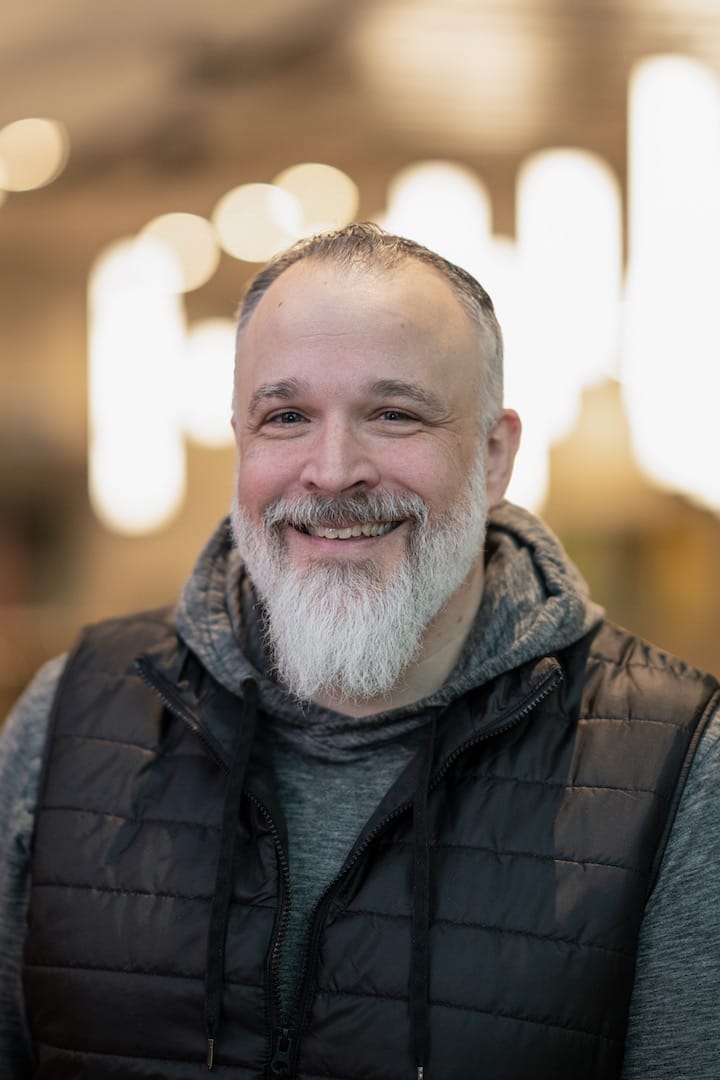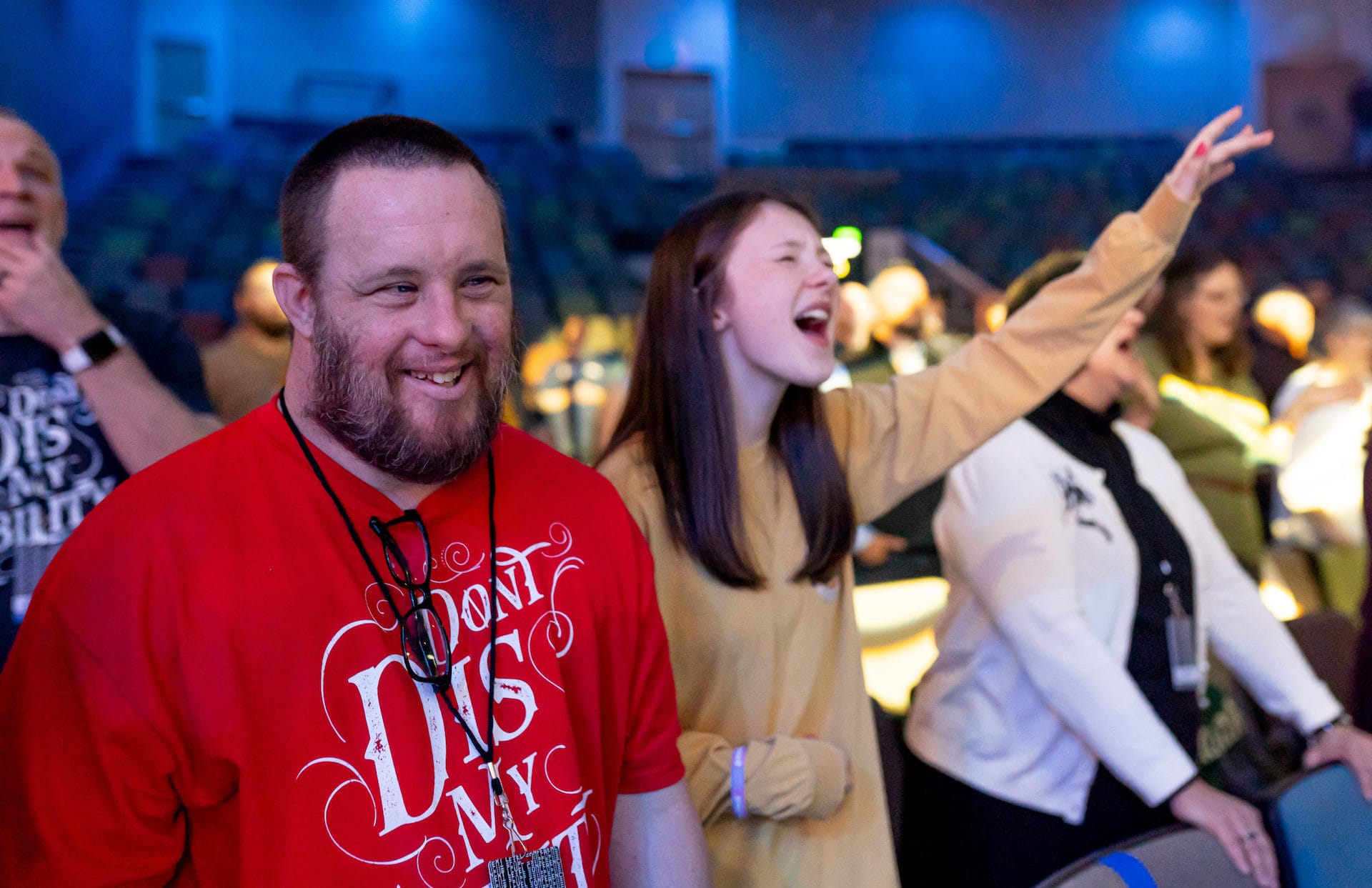

On April 17th, 1960 Martin Luther King Jr. was interviewed on Meet The Press. The civil rights activist delivered a stinging blow to the American church when he said, “It is appalling that the most segregated hour of Christian America is eleven o’clock on Sunday morning.”
Nearly 60 years later you would think that a lot would have changed. Unfortunately, it has not.
In a recent survey, Christianity Today revealed that 86% of churches, almost 9 in 10, are made up of predominantly one racial group. That doesn’t sound like much diversity.
That got me thinking about diversity in the American church. I think the focus around the conversation of diversity in the church has shifted. It has moved on from being a purely racial conversation to include other elements of diversity.
For the churches that are brave enough to entertain this conversation of diversity, the shift has moved to include both gender and socioeconomics along with race.
The conversation is no longer looking purely at the percentage of white, African American, Hispanic, Asian, Indian, etc. within the church congregation. It is now moving to ask the question do we have racial diversity represented on our church staff? It is also tackling the issue of women in leadership roles. It is also looking at whether the congregation includes people from all different socioeconomic sectors.
I would argue that the broadening of the diversity conversation is not only good but long overdue.
I would also argue that the current conversation that includes race, gender, and socioeconomics does not go far enough. I would argue that there is yet a missing piece. I would argue that the church needs to continue to broaden their view of diversity to finally close the gap.
The missing piece in the diversity conversation is disability. Diversity is not truly diverse unless it includes disability. Period.
You can include people in your congregation from every racial background, great! You can include people in your congregation from every socioeconomic sector, great! You can expand your view of the role of women in the church, great! But if you do not include people affected by disability in your congregation you are NOT a diverse congregation.
People affected by disability are the only people group that crosses all lines of race, gender, religion, socioeconomics, geography, age, etc. They are the largest people group in the world. Without disability having a clear representation in your congregation you are NOT diverse.
The church must include disability in the diversity conversation. Without doing so the church can only achieve a false sense of accomplishment.


